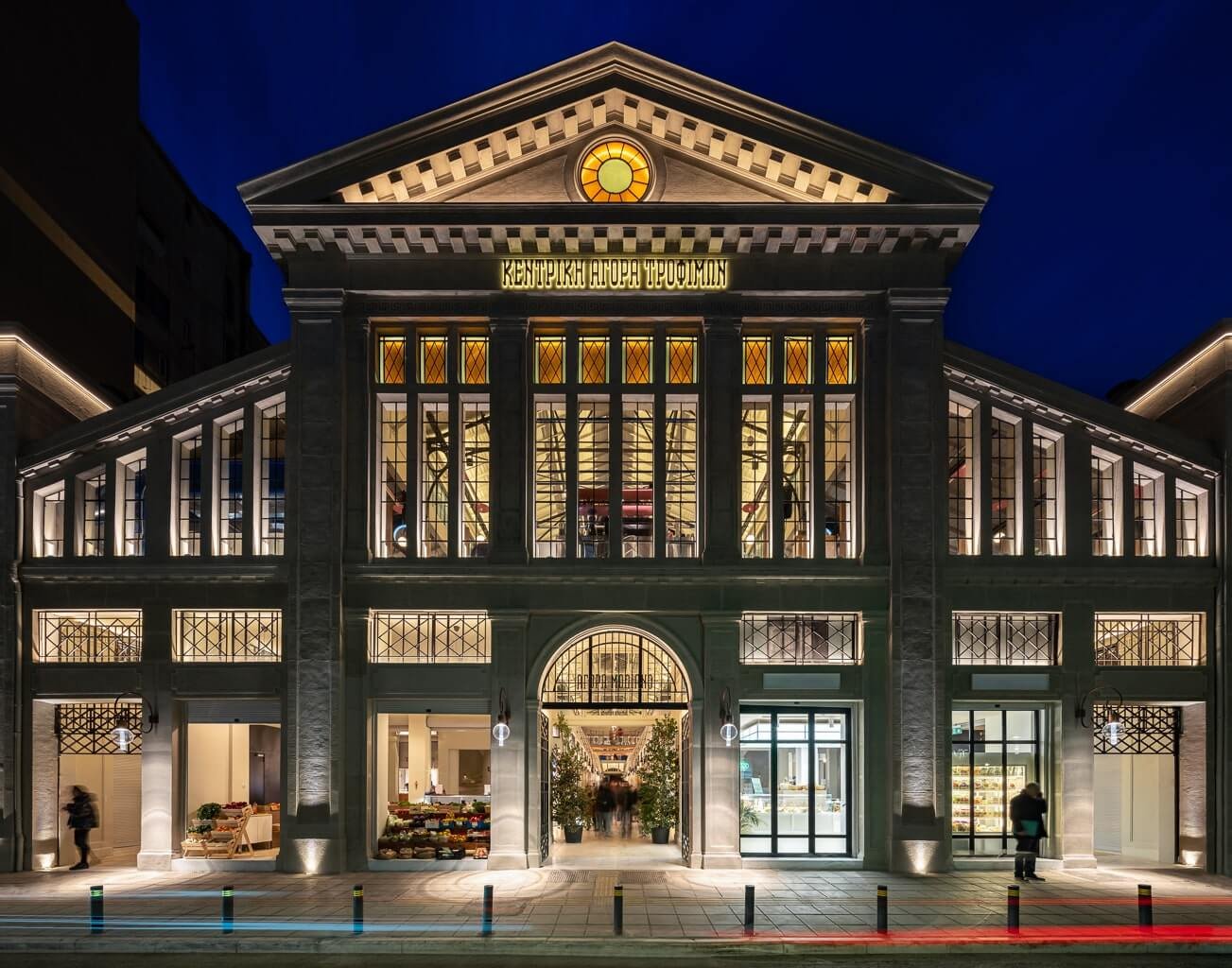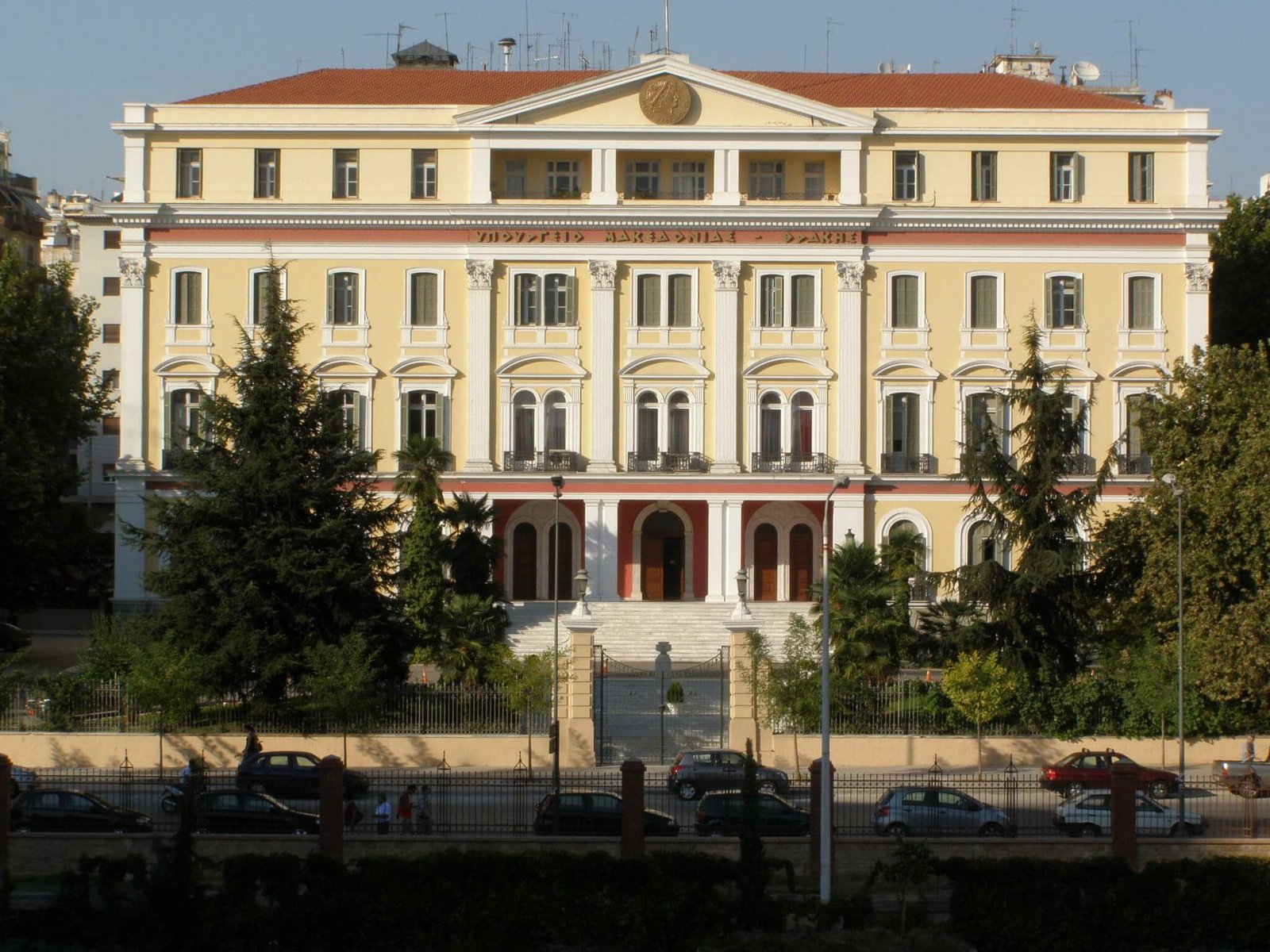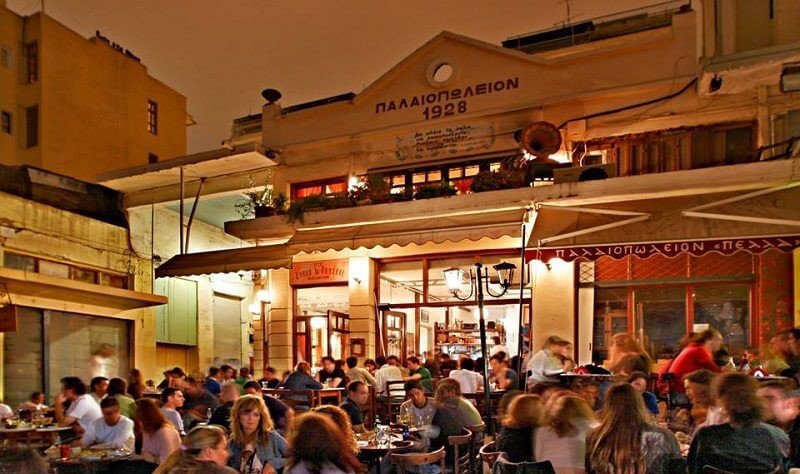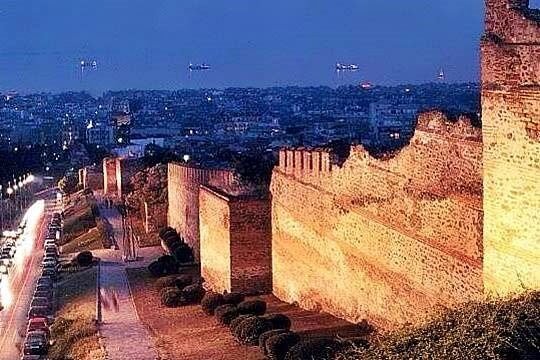
Close

From the depths of time, the rich history and culture of Thessaloniki echoes off the coast of Thermaikos. From the White Tower, the Arch of Galerius and the Rotunda, the Church of Agios Dimitrios and the bustling Aristotelous Square, the city of Thessaloniki offers plenty of attractions worth visiting while also offering a range of tours and excursions to keep you entertained.
The White Tower of Thessaloniki is a 15th century Ottoman fortification (probably built between 1450-70). Today it is considered a characteristic monument of Thessaloniki and is all that has been saved from the demolished Ottoman fortifications of the city. The current form of the tower replaced a Byzantine fortification of the 12th century to then be used as a Janissary guard accommodation and as a death row prison. Today it functions as a museum and is one of the most famous buildings-symbols of cities in Greece. It has 6 floors, 34 meters high and 70 meters perimeter. Lefkos Pyrgos overlooks the unique water front of Thessaloniki.


The Church of Saint Demetrius is located in Thessaloniki and is dedicated to Saint Demetrius, the patron saint of the city. It is located on the street of the same name and is a five-aisled basilica of the “Hellenistic type”, but with many special and rare characteristics compared to other temples of the same period in Greece. It has a transversal nave and rich painting and marble decoration with ornate capitals. In the basement of the church is the place of martyrdom of the Saint. Among its mosaics, the one that depicts the Saint himself with two small children stands out, and another that depicts the Saint between the bishop and the prefect, who renovated the church in the 7th century.
It is one of the oldest markets of the city and is located in the heart of it, where trade flourishes like nowhere else in Thessaloniki. Stoa Modiano is considered an ornament of the city and inside it hosts small shops of all categories selling fresh fruit, fish, spices and even restaurants and coffee bars. However, its special element, which makes it stand out from other similar places, is the architecture but also the history of decades, which it “carries”.


Ladadika is a historical district of the city of Thessaloniki. It is divided into the regions of Ladadika and Ano Ladadika. The area of Ladadika is bounded by the streets “Ionos Dragoumi”, “Tsimiski”, “Salaminos” and “Navarcho Kountouriotou” while the Upper Ladadika is bounded by the streets “Tsimiski”, “Frangon”, “Leontos Sofos”, “Dodekanisos” and “Vassileos Heraklion” and “Verias”.
The Governorate is a building in the area of the center of Thessaloniki that was built during the Ottoman Empire in 1891. Its original purpose was to be the residence (Turkish: Konak, Greek: Konaki) of Valis of the Vilayet of Thessaloniki and seat of Ottoman authorities. Today it houses the Deputy Ministry of Macedonia Thrace (formerly the Ministry of Macedonia Thrace and the General Secretariat of Macedonia-Thrace. In its place there was the old command post which was demolished and replaced by the new one. The new building was built in 1891 by the Italian Architect Vitaliano Poselli .


The Roman Agora of Thessaloniki is located between Filippou, Agnostos Stratiotos, Olympos and Macedonian Defence, in the extension of Aristotelous Square towards the Upper Town. For about three centuries it was the main reference point of the city, as well as an administrative center, it was erected in Thessaloniki at the end of the 2nd century. It was built as something similar to the Greek Agora, but with the archetype of the center of Rome. At the same time, identical markets were formed throughout the Roman Empire. During the early Christian period, the complex of the Roman Agora underwent changes, however, it retained some of its functions as a social center of the city.
Its history begins in 1928 when it was rebuilt as a complex to the west of the Ancient Market Square. The Bit Bazaar was granted to the refugees by the Refugee Building Cooperative of Thessaloniki and was even inaugurated by Venizelos himself. Two-story buildings were built in the complex, the upper floors being residences and the ground floors commercial shops. Bit Bazaar means “Lice Market”, a name derived from the old clothes sold in the shops which were full of lice. For nine decades now in the area, specifically on Tositsa Street, the only fixed antique market in the city has been operating. At night, the square transforms into an entertainment center with numerous taverns and cafes.”


The Early Christian church of Agia Sophia is one of the most amazing Byzantine churches in Thessaloniki. Located in the center of the city, it is a very beautiful ‘Domed Basilica’ style temple with imposing architecture, beautiful frescoes and elaborate mosaics. It suffered considerable damage in the fire of 1917 and was then gradually restored. The restoration of the dome was completed in 1980. The Hagia Sophia is one of the many monuments of the city that was included as a World Heritage Site in the UNESCO list in 1988.
The Byzantine Walls of Thessaloniki are today about 4 kilometers long, but the original perimeter they covered was 8 kilometers and their height was 10-12 meters, but which do not exist today. On the north-eastern side it rises towards the heights, including the citadel, inside which is also the defense complex of Eptapyrgio. Today they are a special and remarkable monument of Thessaloniki as well as one of its landmarks, while they have been officially designated a World Cultural Heritage Site by UNESCO.

© Copyright 2023 Taskou Luxury Suites design by ΔΙΠΛΟ ΚΛΙΚ